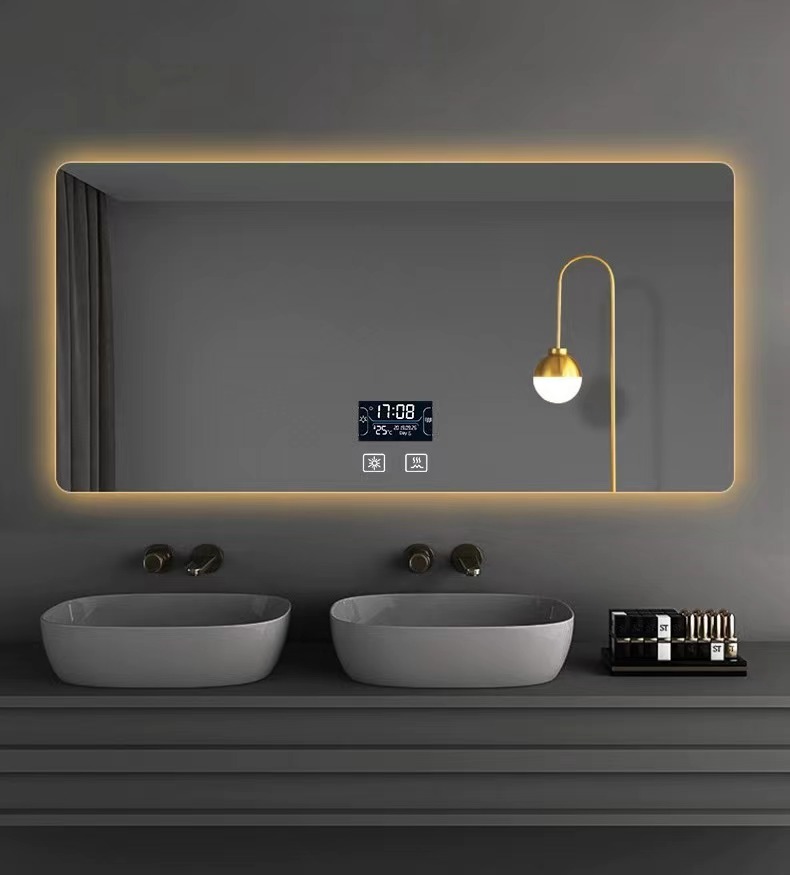

Understanding the Price of Heat Reflective Glass Factors and Trends
In today's environmentally conscious world, the demand for energy-efficient building materials has increased significantly. Among these materials, heat reflective glass has emerged as a popular choice for both residential and commercial constructions. This type of glass offers numerous benefits, including reduced heat gain, improved comfort, and energy savings. However, the price of heat reflective glass can vary, and understanding the factors influencing its cost is crucial for those looking to make informed purchasing decisions.
What is Heat Reflective Glass?
Heat reflective glass is specifically designed to reflect a significant portion of solar radiation while allowing visible light to pass through. This technology helps maintain comfortable indoor temperatures by minimizing heat absorption throughout the day. The primary application of heat reflective glass is in windows, curtain walls, and facades, making it an integral part of modern architecture.
Factors Influencing the Price
1. Production Technology One of the main factors affecting the price of heat reflective glass is the technology used in its manufacturing. Advanced coatings and treatment processes that enhance the glass’s reflective properties can increase production costs, which are often passed on to consumers. Some manufacturers utilize low-emissivity (Low-E) coatings, which can also contribute to higher prices due to their specialized application process.
2. Material Quality The quality of raw materials used to produce heat reflective glass can significantly influence its price. Higher-quality glass with fewer impurities and a more durable composition tends to be more expensive. Additionally, premium brands that specialize in high-performance glazing solutions typically charge a premium due to their reputation and the quality assurance they offer.
3. Thickness and Customization Manufacturers offer heat reflective glass in various thicknesses and sizes, which can affect pricing. Thicker glass is generally more expensive, and customized solutions tailored to specific project requirements can also lead to higher costs. Bulk orders may provide some savings, but custom orders often reflect the complexity involved in their production.

4. Market Demand The overall demand for heat reflective glass in the construction industry plays a significant role in determining its price. With a rising emphasis on sustainability and energy efficiency, many builders are choosing to incorporate this glass into their projects. Increased demand can lead to higher prices, especially during peak construction periods.
5. Regional Variations Geographic location can also influence heat reflective glass prices. In regions where energy efficiency regulations are stringent, the demand for this product may be higher, thus increasing costs. Additionally, transportation costs associated with moving glass from manufacturers to job sites can vary based on location, impacting the final price.
6. Competition The level of competition among manufacturers and suppliers directly affects market pricing. In areas with numerous suppliers, prices may be more competitive, leading to better deals for consumers. Conversely, in regions with fewer options, prices may be higher due to limited availability.
Current Trends
As of recent years, the trend towards sustainable construction has only intensified, leading to a greater adoption of heat reflective glass. As building codes increasingly prioritize energy efficiency, architects and builders are opting for materials that minimize environmental impact while maximizing performance. The market for heat reflective glass is expected to continue expanding, with advancements in technology likely leading to enhanced performance and potentially more competitive pricing.
Conclusion
The price of heat reflective glass is influenced by various factors, including production technology, material quality, thickness, customization needs, market demand, regional variations, and competition. As the focus on energy efficiency and sustainability continues to grow, the market for heat reflective glass is poised for further evolution. For those considering the installation of heat reflective glass, understanding these factors can aid in making informed decisions, ultimately leading to better value and a more energy-efficient built environment. Whether for commercial buildings or residential homes, investing in heat reflective glass can offer long-term benefits that far outweigh initial costs.